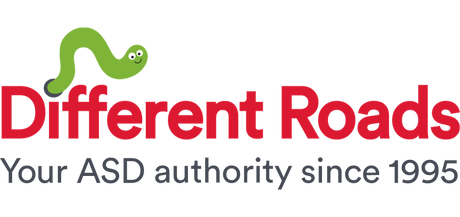Sometimes, people hear about ABA and equate reinforcement with bribery. But the two are quite different, and it’s important to understand those differences. First, let’s look at bribery. The definition of bribery is “to persuade someone to act in one’s favor by a gift of money or other inducement.” The first thing to note is that bribery helps the person persuading, not the person completing the action. The second thing to note is that when we consider bribery with children, it’s often implemented when the child is already engaging in an inappropriate behavior. For instance, you might see a child throw himself on the floor in the grocery store and begin kicking and screaming. If the father says, “If you get up, I’ll buy the candy bar,” that would be considered bribery.
So what is reinforcement, then? Reinforcement is anything that occurs immediately after the behavior that increases the future likelihood of the behavior. And reinforcement occurs all the time in real life! If I turn on a new radio station and it happens to be playing by favorite song, I am more likely to turn to that radio station again in the future. If I send a text to a friend and she responds immediately, I am more likely to text her again in the future. If my stomach is upset, then I drink a seltzer and it calms my stomach, I am more likely to drink seltzer in the future when my stomach hurts.
Where confusion often sets in is when we plan reinforcement to increase the behavior of an individual. It’s important to understand that the goal in ABA teaching should always be to move from planned reinforcement to unplanned or natural reinforcement. Think of it as jumpstarting a behavior that will benefit the individual. For instance, I have a student that would run into the street if you let go of his hand. Part of teaching procedure was to teach him to stop at the curb. This behavior is obviously a benefit to him and helps increase his safety. When he stopped at the curb, he earned a token. When he had earned five tokens, he earned access to the iPad. After he was successfully stopping at the curb, we taught him the next step was to reach for the adult’s hand. He no longer earned tokens for stopping at the curb, but he did earn tokens for completing both steps. We continued in this way until he was appropriately stopping at the curb, reaching for the adult’s hand, then waiting for the sign to say “Walk,” looking both ways, then walking into the street. It was a lengthy process, but planned reinforcement in the form of tokens was the best method for teaching him to be safe on the street.
A final note about reinforcement: it varies by individual. Some individuals are highly reinforced by chocolate or books or access to music. Others are highly reinforced by playing with a ball or going for a walk. In ABA, we don’t just walk in and give a kid M&M after M&M and hope their behavior magically changes. The first step is to conduct a preference assessment. A common one I use can be found here. This tool will help guide you to the most effective reinforcers for your learner and make your intervention more efficient.
Sam Blanco, PhD, LBA, BCBA is an ABA provider for students ages 3-15 in NYC. Working in education for sixteen years with students with Autism Spectrum Disorders and other developmental delays, Sam utilizes strategies for achieving a multitude of academic, behavior, and social goals. She is also an assistant professor in the ABA program at The Sage Colleges, and she is the Senior Clinical Strategist at Chorus Software Solutions.
